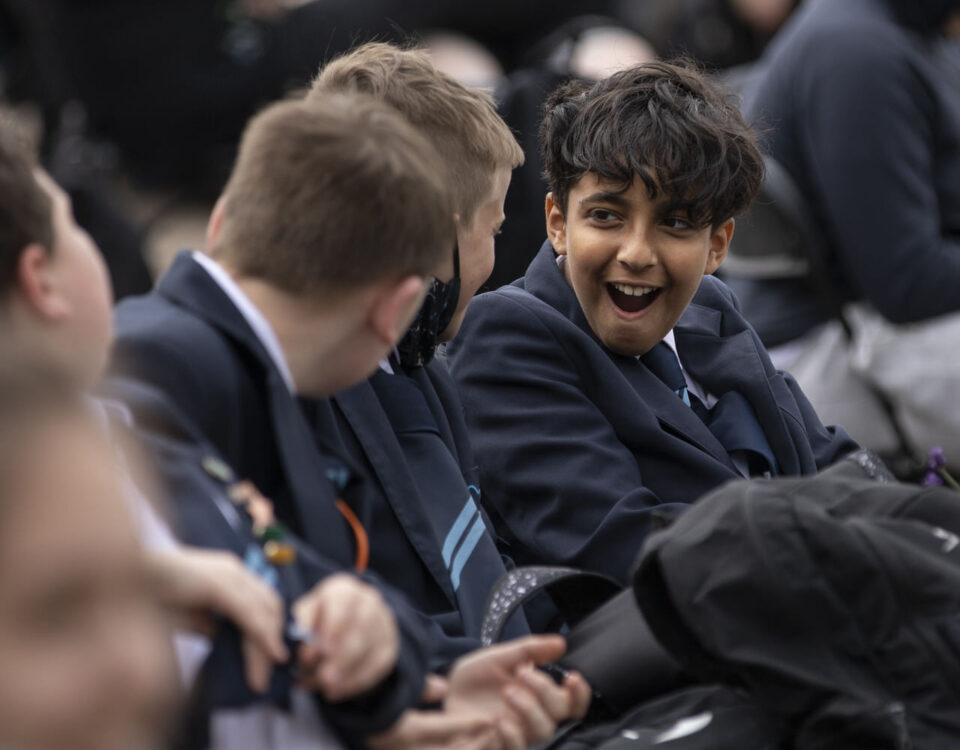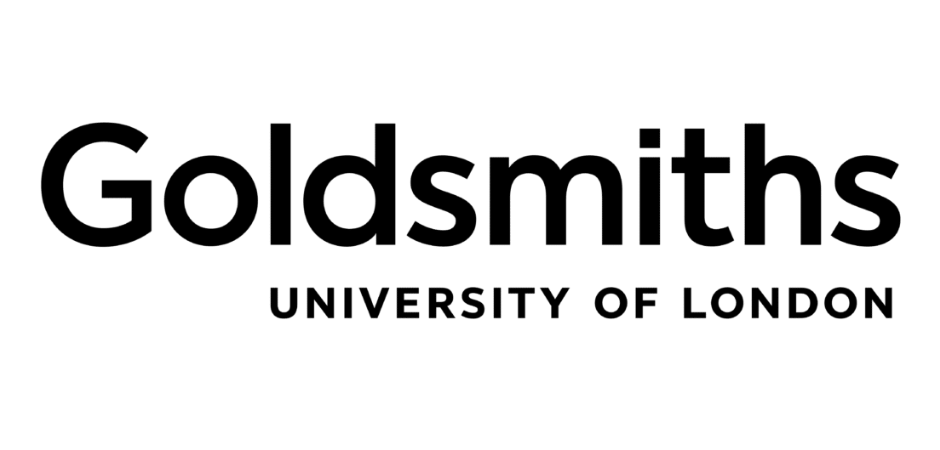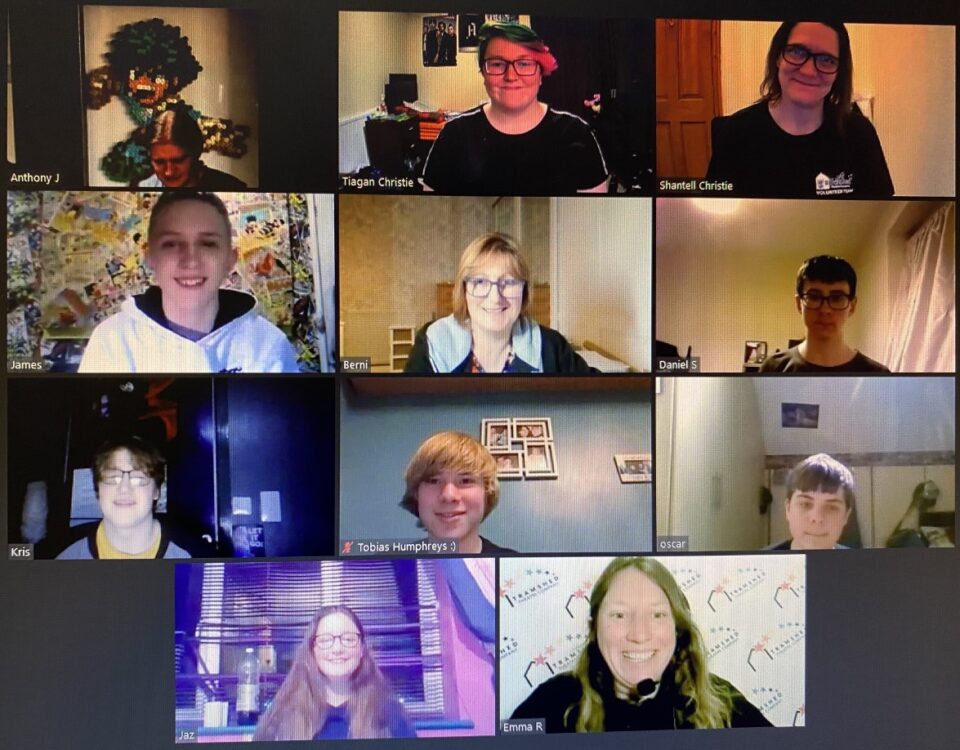Cumbria Museum Consortium Completed First Year Of Apprenticeships
July 31, 2014Digital & Marketing Intern – Curious Minds
August 15, 2014The Creative Employment Programme has been the creation of over 160 employment opportunities for young people across the North West. From administration apprenticeships to marketing interns and technical theatre apprenticeships to artist internships, a wide variety of role have been created to date across the region.
The Creative Employment Programme (CEP) is a £15 million fund from Arts Council England and managed by Creative and Cultural Skills. Launched nationally in March 2013 its overall aim is to create 6, 500 paid internships, apprenticeships and traineeships across the country. For more information on the Creative Employment Programme please go to: http://ccskills.org.uk/supporters/funding/details/about-the-creative-employment-programme
In July it was announced that the Youth Contract Wage Incentive for employers was being withdrawn from Wednesday 6th August. Available through Job Centre Plus this was an important part of constructing the overall funding for CEP opportunities as it offered employers £2,275 towards taking on an unemployed 18 to 24 year old. All of the CEP internships must be advertised through Job Centre Plus therefore making this funding an attractive offer to employers, whilst at the same time achieving an overall aim of the Creative Employment Programme to encourage employers to experience the benefits of creating fairer entry routes and supporting a more diverse workforce.
With eight months left of the Creative Employment Programme this now poses a risk to how many more opportunities can be created both here in the North West and nationally. This withdrawal leaves a significant gap for employers to fill and it will be interesting to see as time goes on as to how organisations that were reliant on the Youth Contract fair and how many, if any, opportunities are lost. The funding alternatives being suggested by Creative and Cultural Skills at the moment centre around employers finding additional funding themselves, for example through self-generated income, changing the job role and subsequently lowering the wage or job sharing to reduce costs. Otherwise the alternative is for them to withdraw from the programme altogether, which is obviously not ideal but might become a necessity for some.
The question needs to be raised as to how viable and appropriate it is to put these suggestions into practice. For example, if an internship is changed to an apprenticeship paid at apprentice National Minimum Wage to reduce costs, is the job being moulded to fit the funding rather than being based on the organisation’s need? Perhaps the withdrawal of the Youth Contract Wage Incentive will achieve another aim of the CEP by highlighting the employment challenges in the arts and the impact that government funding has on creating new employment opportunities in the sector. This also poses a question around the aim of developing a more diverse workforce. Where opportunities are created over the coming months will employers still target long-term unemployed young people now that the financial incentive to do so has gone, or will recent graduates who are considered more ‘job ready’ be favoured instead?
With any of the above questions time will tell as different employers and CEP consortium leads seek to find the best alternative to the Youth Contract Wage Incentive. If you have any thoughts or suggestions then do get in touch with us (holly.ball@curiousminds.org.uk) as we are keen to understand the impact of this across the North West and feedback to Creative and Cultural Skills where appropriate.




